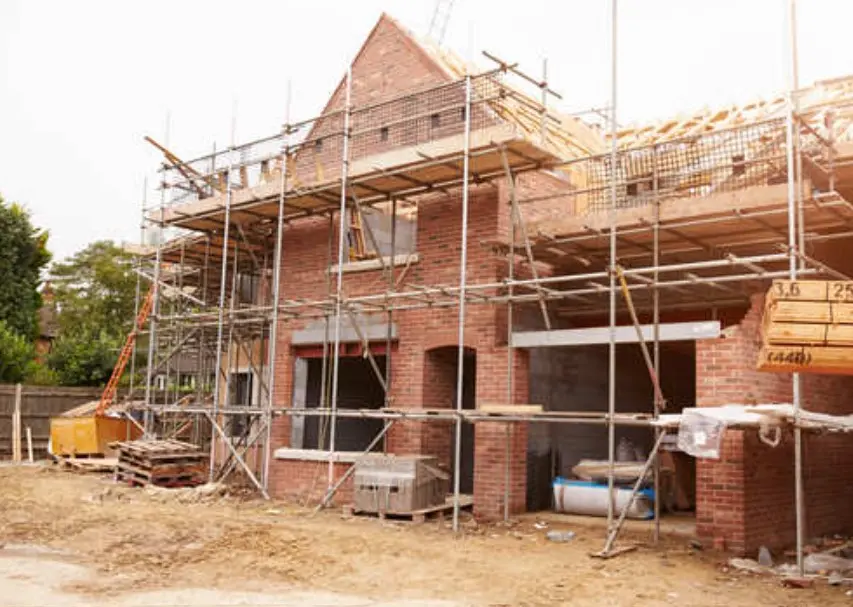Building a home is an exciting journey. It’s a chance to create a space that suits your lifestyle, reflects your taste, and supports your future. However, one of the most common concerns people face when starting this journey is sticking to their budget. Costs can quickly spiral out of control if you’re not careful, leaving you with financial stress before you even move in.
The good news is that building a home within budget is possible with the right planning, smart decisions, and strong communication. Here’s how you can build the home of your dreams without breaking the bank.
Set a Realistic Budget from the Start
Before you start looking at floor plans or choosing paint colours, it’s crucial to understand what you can afford. Be honest about your finances and how much you’re willing to spend—not just on construction, but also on related costs like site work, council fees, landscaping, furnishings, and unexpected expenses.
Include a buffer of at least 10–15% for any unforeseen costs. This cushion can help you deal with surprises without having to sacrifice key parts of your home later.
Choose the Right Builder
Selecting the right home builder can make or break your budget. Professional builders with a strong reputation can help you avoid costly mistakes, stick to your plans, and stay within your limits. Look for builders who are transparent about pricing, timelines, and materials.
Make sure to get everything in writing. A clear and detailed contract should include the scope of work, inclusions, exclusions, and any allowances. Ask questions if anything is unclear—it’s better to be informed upfront than deal with surprises later.
Focus on Your Needs, Not Just Your Wants
It’s easy to get caught up in trends or high-end features, but staying within budget means knowing the difference between “must-have” and “nice-to-have.” Prioritise what’s most important to your lifestyle. Maybe it’s an extra bedroom for a growing family or energy-efficient design that saves money long term.
Start with a simple, functional layout. You can always upgrade finishes or add more features down the line as your budget allows. Builders can often suggest smart alternatives that give a similar look or function at a lower cost.
Plan Thoroughly Before Construction Starts
Changes during construction are one of the quickest ways to blow your budget. Every time you make a change, it often leads to extra labour, new materials, and delays—which all cost money. Spend plenty of time during the planning stage making decisions about layout, design, and finishes.
Work closely with your builders, designer, or architect to finalise plans before building begins. This helps prevent delays and gives your team a clear roadmap to follow, reducing the chance of costly errors or rework.
Understand Site Costs
The land you build on plays a big part in your total cost. Sloping blocks, poor soil, difficult access, and zoning restrictions can all increase your site preparation costs. Make sure to factor in expenses like excavation, retaining walls, drainage, and utility connections.
Builders with local experience will have a good understanding of common site challenges and can help you prepare accordingly. Don’t rely on base prices alone—always ask for a full cost estimate that includes site work.
Keep Design Simple and Efficient
The more complex your home design, the more expensive it will be to build. Simple shapes, standard rooflines, and a compact footprint are all more affordable to construct. Open-plan living can reduce the need for extra walls and doors, while also making the space feel larger.
Avoid over-customising. Standard inclusions and off-the-shelf materials are usually more cost-effective than custom features. Builders can often recommend design tweaks that lower costs without compromising quality or style.
Track Your Spending Along the Way
Even after construction starts, it’s important to keep a close eye on your budget. Track all invoices and payments to ensure you’re staying on target. Regular check-ins with your builder can help you spot any issues early and make informed decisions if adjustments are needed.
Avoid impulse upgrades or last-minute changes that haven’t been budgeted for. While a small change might seem harmless, several small changes can quickly add up.
Be Smart with Your Inclusions
Inclusions refer to the items included in your home build—things like appliances, flooring, kitchen fittings, and lighting. Builders often offer different inclusion packages at various price levels. Review these carefully and make sure you understand what’s standard and what’s an upgrade.
You might find that selecting mid-range finishes gives you the best value without sacrificing style. Focus on long-lasting quality where it matters most, such as structural materials and kitchen fittings, and leave decorative items or extras for later upgrades.
Don’t Forget the Final Touches
Many people focus on the cost of the house itself but forget to budget for post-build expenses like landscaping, fencing, window furnishings, and driveways. These can be significant, so it’s wise to plan for them from the start.
Some builders offer house and land packages that include landscaping and driveways, which can offer better value and reduce coordination headaches. If not, get quotes early so you know what to expect and avoid last-minute financial pressure.
Building a home within budget isn’t about cutting corners—it’s about planning smartly, making informed choices, and working with the right professionals. From setting a realistic budget and selecting trusted builders to making careful design decisions and avoiding mid-build changes, every step matters.
With a thoughtful approach and a clear focus on your priorities, you can build a beautiful, comfortable home without financial strain. A well-planned build not only saves money but also ensures a smoother, more enjoyable building experience from start to finish.
Also Read-Roofing Resilience: Essential Tips for Homeowners


